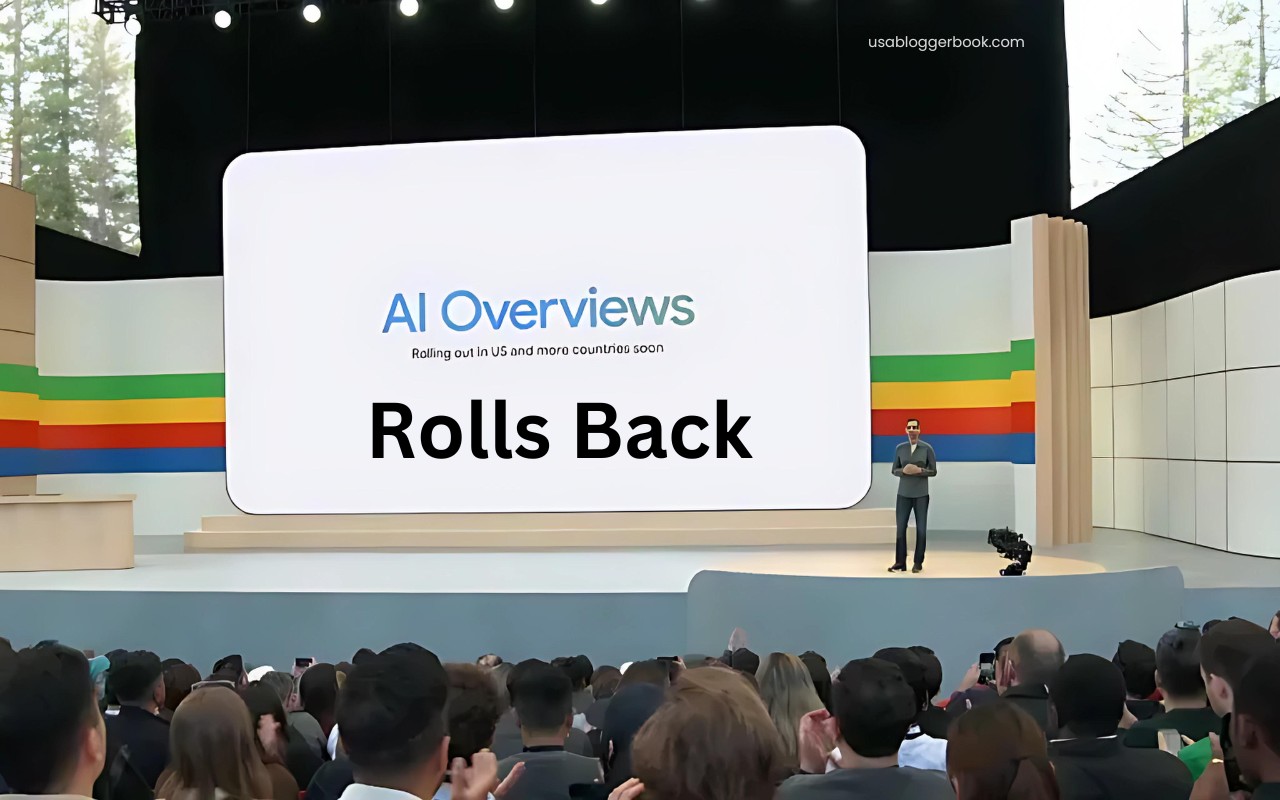In a recent announcement from the Google team, Google turned off its new A.I. Overviews for some searches. It needed to reduce mistakes. The feature was first shown off by Sundar Pichai. He asked it how to clean a sofa and what to do about a coffee stain. By Friday, only one question still got an answer from the A.I.
The A.I. started giving bad advice. It once told someone to eat glue on pizza and enjoy rocks for health. People joked about it online.
The answers were so wrong they went viral on social media. Google decided not to use people’s ideas for certain health topics.
Even with these problems, users liked the new system. They asked more complex questions. Sometimes, the system didn’t have the right info. That’s when funny, but bad, answers could show up. Others made up silly answers that spread online.
Google worked hard to fix these issues. They made many tech changes. They really tested everything before launching it. Users said they liked the idea. But, the A.I. gave strange and wrong answers instead. So, they had to fix this.
For example, the A.I. missed the point about an article on The Onion. That’s how it suggested eating rocks was good. It also suggested using glue on pizza, probably getting the idea from people joking on the internet.
Google later found out that some screenshots of A.I. mistakes were fake. Wired proved they weren’t real. There were scary messages that turned out to be jokes or lies. The company didn’t admit to taking the A.I. back, but they promised to keep an eye on feedback.
The A.I. answers started in the U.S. two weeks ago. Soon, people noticed fewer and fewer questions getting A.I. answers. Google quickly worked on the A.I. system, making over a dozen changes.
The A.I. made some big mistakes, like the glue and false statements about Obama. Google later stopped people from making certain images with its A.I. Machine. They explained the A.I. answers had been tested for a year. Now, they were ready for everyone.
Two examples of silly answers were suggesting to drink urine for a kidney stone, and wrong info about JFK.
Google’s AI-Powered Search Summaries: An Ambitious Undertaking
Last month, Sundar Pichai unveiled Google’s new generative AI for search. He showcased its power with six text-based questions. The goal was to show how this A.I. Overview feature can create detailed summaries above regular Google AI search results.

Gemini Ultra impressed experts by solving 74.4% of HumanEval code problems accurately. It also scored 74.9% in generating Python code with natural language descriptions. Moreover, in Google AI overviews, it excelled, especially in describing images and scanned documents clearly.
Gemini Ultra’s skills also shine in understanding videos. For example, it showed exceptional results in quick video captioning and answering questions about unseen video clips. There are three models: Ultra, Pro, and Nano. They are designed for different levels of complexity and tasks.
To train the Gemini models, Google used specialized chips called Tensor Processing Units (TPUs). Gemni Ultra received its training on the latest TPUv4 in a large-scale setup. The training data was broad, spanning from web content to coding examples, helping achieve better performance.
The Rollback: Addressing Errors and Inaccuracies
Google quickly acted on the errors in its new AI search feature. Liz Reid, now leading search at Google, blogged about the changes. The company cut down AI overviews and added better ways to give information, especially about health issues. It also stopped showing wrong advice and reduced funny but misleading content.
The AI Overviews got scaled back due to big mistakes. For example, suggesting glue in a pizza recipe or eating rocks for health reasons. Sundar Pichai, Google’s CEO, first showed off the new search skills, but they didn’t meet the hype.
Liz Reid wrote about the ongoing work to get better at showing AI Overviews. She said, “We’ll keep improving how we show AI Overviews and making them safer.” Google is making updates to improve search result accuracy. It’s challenging to keep results both diverse and historically on point.





